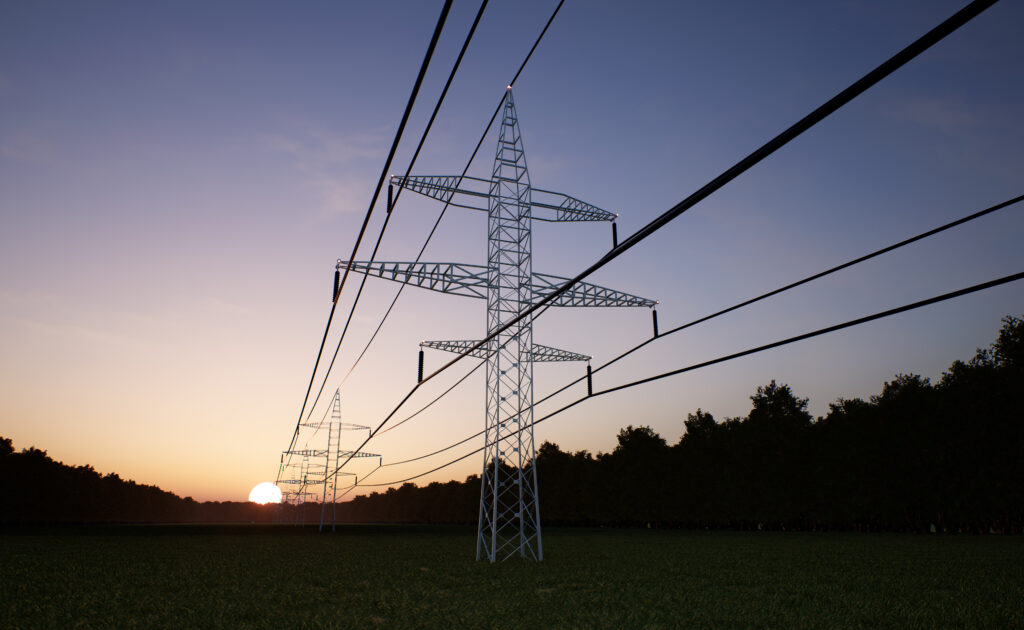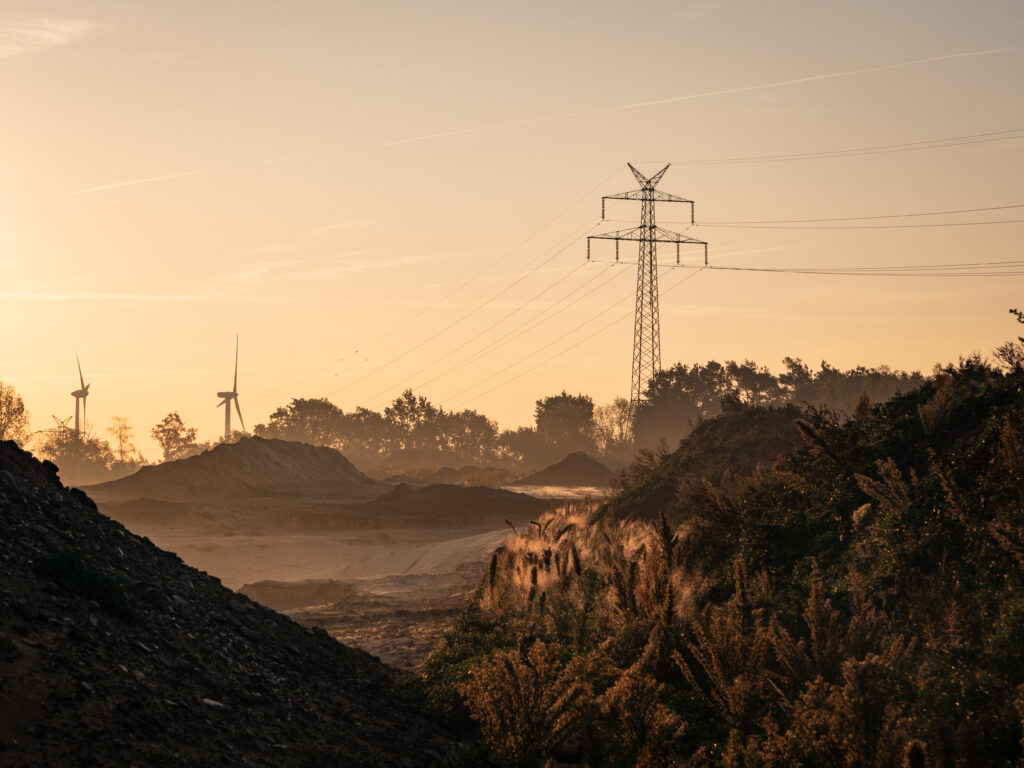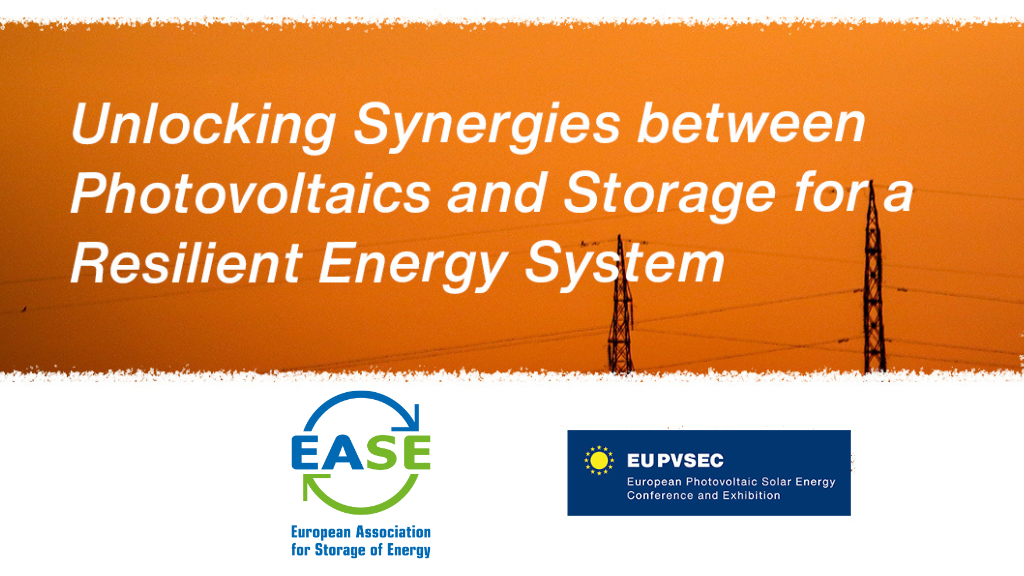November 2019 / Policy Papers
Energy Storage for a Decarbonised Europe by 2050
EASE fully supports the European Commission President-Elect Ursula von der Leyen’s proposal for a European Green Deal.
We believe that a range of concrete policy measures are needed to support the achievement of ambitious decarbonisation targets, while supporting the competitiveness of European industry. These measures should aim at facilitating the transition to a renewables-based energy system supported by energy storage and other flexibility providers, in order to ensure security of supply, efficient energy system operation, and the competitiveness of EU industries.
Supporting the development and deployment of energy storage technologies should be a central element of the European Green Deal. Energy storage can provide much-needed flexibility across different timescales, which is essential to transition to a system dominated by variable renewables. Storage can be installed in consumers’ homes, commercial and industrial facilities, and at larger scale connected directly to the grid.
Therefore, energy storage has the potential to support decarbonisation and flexibility in many different locations of the grid, and can adapt very well to different energy mixes, demand profiles, and other attributes that differ across the EU Member States.
Energy storage is therefore a key element of the energy transition, supporting several key priorities of the European Green Deal:
- Achieving ambitious 2050 and 2030 decarbonisation targets requires increased deployment of energy storage solutions, which can support a cost-effective transition by facilitating integration of high shares of variable renewables (vRES).
- Investing in energy storage research, demonstration, and deployment is essential to support the EU’s global leadership in clean energy technologies.
- Energy storage will support the energy transition across the entire EU and in particular, has the potential to facilitate the transition of industrial, coal, and energy intensive regions (since existing infrastructure can be upgraded or complemented with energy storage solutions), and islands (where energy storage allows reducing the use of costly imported fossil fuels).
- Deployed behind-the-meter, energy storage can support energy efficiency and energy optimisation, as well as citizens’ engagement in and ownership of the energy transition.
- Energy storage can support the decarbonisation of the mobility sector, helping achieve the EU’s zero-pollution ambition.
- Energy storage can also increase overall system efficiency by enabling sector integration. Power-to-Gas and Power-to-Liquid technologies, by converting renewable and low-carbon electricity into other energy carriers, can contribute to the higher integration of vRES, bring additional and longer-duration flexibility to the energy system, and help in decarbonising the EU economy in line with the Paris Agreement.




